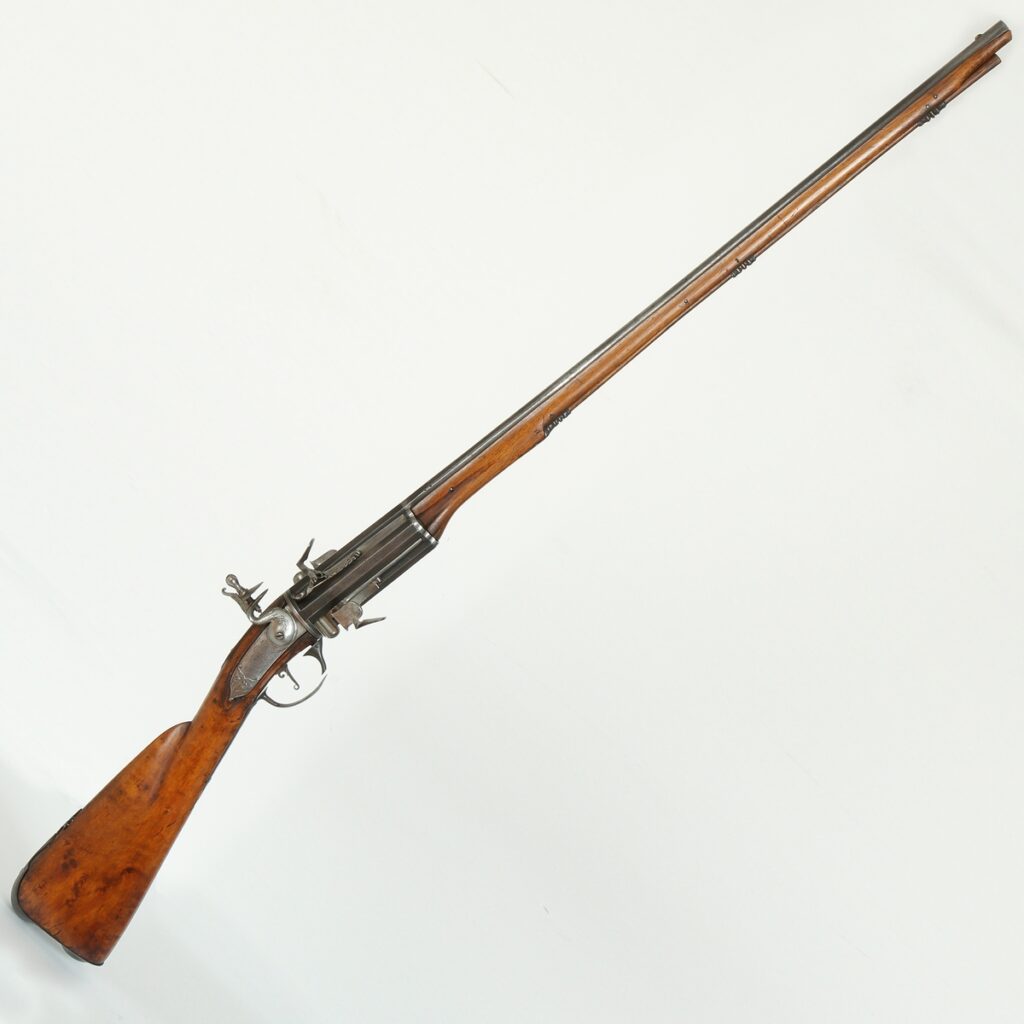
01 French Flintlock Cylinder Gun, Bohemia, late 17th century
Fotogalerie

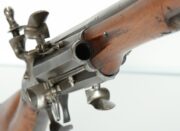


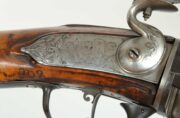
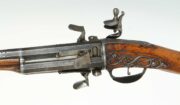

Count Spork was a great admirer of various repeating rifle systems and one of his favourites was the cylinder rifle. In the collection of the Military History Institute is an unsigned and undated cylinder repeating rifle, labelled on the lock plate as FRANZ ANTONI GRAFF SPORK. The rifle has a manually revolving cylinder with four chambers, each equipped with its own pan and steel. When the rifle was loaded, all that was needed after firing was to turn the cylinder, cock the hammer and another shot could follow in quick succession. The repeating rifle has a calibre of 13.5 mm, a length of 1,247 mm and weighs 3,268 grams. The stock is made of walnut wood, the lock plate is decorated with an ornamental engraving, and the butt plate has a carved sea serpent. According to the nature of the decoration and various construction details, the origin of this weapon can be placed at the end of the 17th century.
Cylinder guns were undoubtedly the most reliable solution to the gunsmith’s quest for greater rate of fire in the 16th to 18th centuries. Their area of origin was probably southern Germany, but they were mostly produced in central Europe and spread almost all over Europe. Quite often they were also produced in gunsmiths’ workshops in our territory. Among their most prominent makers were the Karlovy Vary-based gunsmiths Johann Hetischweiler, Georg Ernst Peter, and Christoph Ludwig from Vrchlabi. Nevertheless, the cylinder rifles were rather exceptional in the armament of European hunters and were used by the wealthiest of them. The production of a cylinder rifle was even more technically and financially demanding than it was for ordinary, albeit luxuriously made hunting weapons.
Length 1,247 mm, barrel length 707 mm, calibre 13.5 mm, weight 3,266 g.
Aktuálně

Prosinec 1944 – oficiální vydání prvních poštovních známek osvobozeného Československa

Českoslovenští zdravotníci ve válce v Zálivu
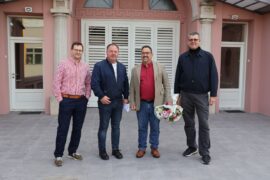
Výzkum u českých krajanů v Chorvatsku
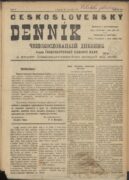
Československý deník sehrál v životě legionářů v Rusku velmi důležitou roli. Poprvé vyšel v prosinci 1917








